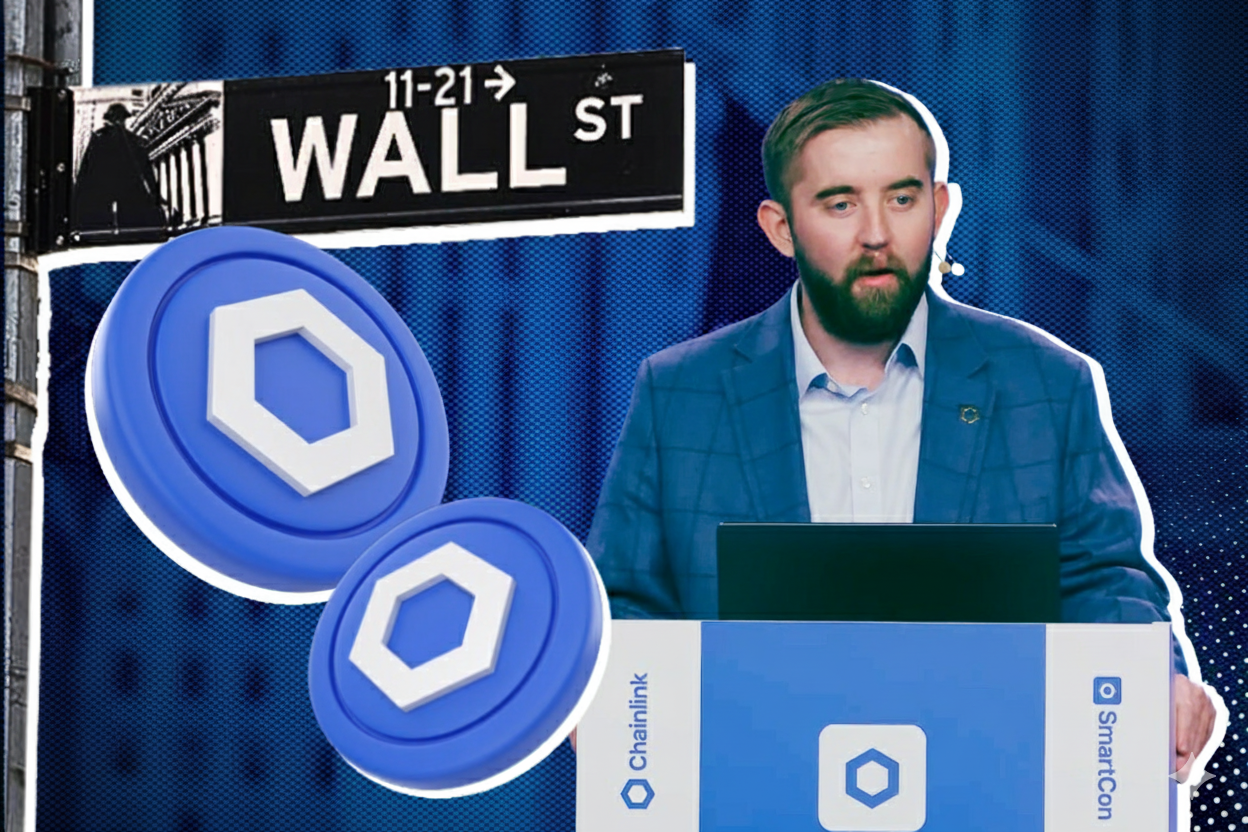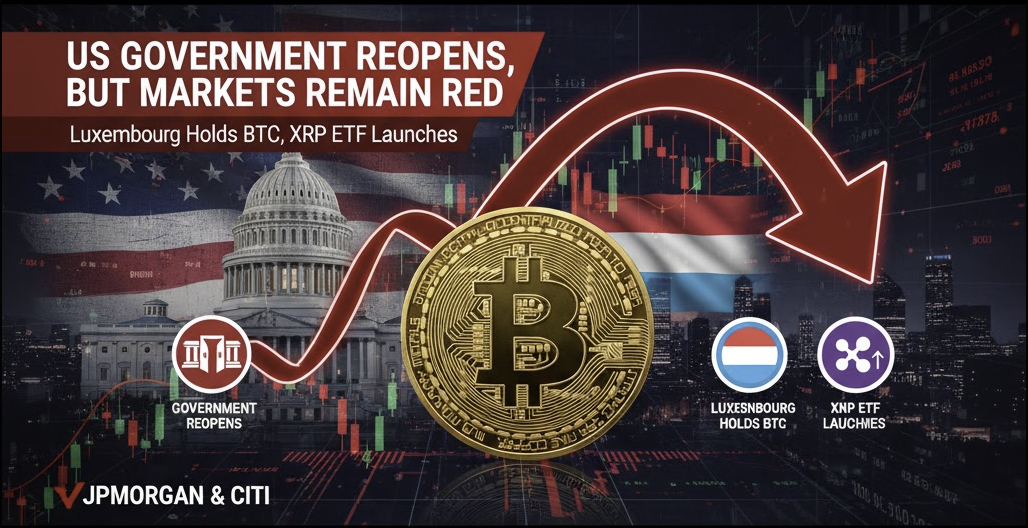Once a leader in DeFi derivatives and real yield, GMX is now falling behind competitors like Hyperliquid, dYdX v4, and Drift. A recent $40 million hack exposed the limitations of its older model, while newer rivals increasingly surpass it in speed, fees, and user experience.
GMX's Early Success (2021-2023): Simple Product, Distinctive Mechanism
From 2021 to 2023, GMX was considered one of the most prominent projects in the decentralized exchange (DEX) space for derivatives trading. Despite its relatively quiet approach, GMX attracted a large user base due to its unique product strategy: direct trading against a liquidity pool without an order book, and a revenue-sharing mechanism based on real yield.
GLP: Users Become the "House"
Instead of users matching orders with each other like traditional exchanges, GMX introduced a peer-to-pool model: when a trader places an order, they trade directly against a liquidity pool called GLP. This pool is composed of assets like BTC, ETH, AVAX, LINK, UNI, and stablecoins provided by other users.
If a trader wins, they draw funds from GLP. If they lose, the loss is borne by the liquidity providers (LPs). Since most traders typically incur losses, LPs have the opportunity to earn consistent profits from traders' PnL, in addition to trading fees. This innovative GLP model allowed users to effectively act as the "house," attracting significant capital from those seeking passive income.
vAMM Mechanism Combined with Oracle: Off-Chain Price Execution
GMX doesn't use an order book or traditional AMM (Automated Market Maker). Instead, it employs a vAMM (Virtual AMM) model combined with price oracles to determine trading prices. Traders execute orders against the pool based on prices aggregated from multiple exchanges via Chainlink.
This model resembles a form of "market-price betting" rather than direct trading, but in return, it eliminates market-making intermediaries and minimizes slippage. The only drawback is that prices aren't updated instantaneously per block like on-chain order book exchanges, experiencing a delay of a few seconds to a few minutes. However, in the early stages when the market wasn't excessively volatile, this was a reasonable trade-off for simplicity and low costs.
Income from "Real Yield"
One of GMX's strongest capital magnets was its transparent and efficient reward mechanism. GMX token holders who staked their tokens received:
- Real revenue in ETH or AVAX (derived from trading fees);
- esGMX (locked GMX that cannot be immediately sold);
- Multiplier Points (rewards that increase over staking duration).
Similarly, GLP holders also earned rewards from fees and a share of trader losses, all paid in ETH/AVAX. Because it relied entirely on real profits (real yield) rather than token inflation, this model particularly appealed to long-term investors. During the vibrant period of 2021-2022, thanks to a large volume of traders and a high loss rate, LPs enjoyed consistent profits, with GLP's yield often stabilizing around 20-30% APY. The GMX token also saw significant price appreciation during this period, further cementing confidence in the ecosystem.
Simplicity, Efficiency, and Timeliness
GMX didn't try to do too many things; it focused solely on one product: derivatives trading with high leverage (30x), low fees, and smooth operation on Arbitrum (and later Avalanche). This minimalist approach, combined with the booming Layer 2 wave, helped GMX become one of the leading decentralized derivatives exchanges, capable of directly competing with dYdX.
Signs of Weakness and the GMX Hack: Exposing Flaws
By late 2023, after a long period of strong growth, GMX began to stagnate. Its product model, once considered innovative—especially the GLP mechanism and zero-slippage trading—gradually revealed serious limitations as the DeFi market entered a phase of fierce competition and continuous change.
GLP: Stable but Difficult to Scale
GLP, the liquidity pool central to the entire GMX system, only supported a few major tokens like BTC, ETH, AVAX, and some stablecoins. In contrast, rival exchanges continuously expanded their asset lists, allowing trading of numerous altcoins and meeting diverse trader demands.
Furthermore, because GLP needs to allocate capital across various assets to mitigate risk, the pool sometimes lacked sufficient depth to handle large orders, especially for less liquid tokens. The GMX team had to set maximum position limits (e.g., maximum $2 million per position for AVAX) to prevent manipulation, but this caused large traders to gradually leave.
"Zero Slippage" Becomes a Vulnerability
One of GMX's strengths was its zero-slippage trading, enabled by oracle-based pricing. However, this very feature made the system vulnerable to manipulation attacks. Without a funding rate mechanism or settlement between long and short positions like other perpetual exchanges, prices within GMX relied entirely on oracle data and could not self-correct to equilibrium during market volatility.

A prime example is the 2022 incident, where a whale opened $5 million AVAX/USD long positions on GMX per position. Thanks to the zero-slippage mechanism, this individual could open positions without affecting the price on the platform. After opening the positions, the attacker executed large buy orders on centralized exchanges like Binance and FTX, pushing the AVAX price up by about 2.5% on these exchanges. When GMX's oracle system (using Chainlink) updated prices based on these centralized exchanges, the attacker closed their positions on GMX at a higher price and profited. According to KOL Ozark, this strategy allowed the attacker to net about $430,000 in profit (after deducting $130,000 in fees paid to GMX). The trader's profit was a direct loss for the LPs in the GLP pool.
While GMX later updated to v2 with mechanisms like funding rates and separate pools for each asset, it's clear the team reacted slowly, while competitors continuously innovated.
Losing Ground to the New Generation of DEXs
From 2023 onwards, many new derivatives projects emerged with superior technology and user experience:
- dYdX launched v4 with its own dedicated blockchain.
- Hyperliquid enables on-chain order matching in under 1 second.
- Drift on Solana combines a vAMM, a decentralized order book, and instant liquidity.
Meanwhile, GMX remained tied to the Arbitrum platform and its older GLP model, offering no significant new features. Professional traders, who demand speed and advanced tools (like limit orders, stop losses, etc.), gradually abandoned GMX.

Although GMX launched v2 in 2023 and expanded to Solana in early 2025, its update pace couldn't keep up with the market's development. The data speaks for itself: trading volume has not seen a breakthrough, while GMX's Total Value Locked (TVL) has maintained a downward trend since late 2023.
The Last Straw: The $40 Million Hack
On July 9, 2025, GMX v1 was attacked by a hacker, resulting in losses of approximately $40-45 million across both Arbitrum and Avalanche. The attacker exploited a design flaw in the smart contract, specifically a re-entrancy bug that allowed manipulation of GLP price calculations, invalid GLP minting, and asset withdrawals exceeding deposited value. The attack forced GMX to temporarily halt GMX v1 operations, locking all transactions and GLP deposit/withdrawal functions to prevent further damage. The GMX token price immediately plunged from $14 to $10 within hours. According to analysis from SlowMist, this was a severe logic error, not a complex technical bug. This further worried the community: how could a DeFi project operating for years like GMX suffer such a fundamental flaw?
By July 11, 2025, the hacker had returned over $40 million to GMX's wallet, retaining $5 million (approximately 10%) as a white-hat bounty, as per GMX's offer. The price of GMX also recovered to $13 on the same day. While the recovery is positive, the incident undeniably highlighted significant vulnerabilities and a reactive development approach, allowing competitors to capitalize on user trust issues.
GMX vs. Hyperliquid, dYdX v4, Drift: The Derivatives Showdown
The DeFi derivatives market is no longer GMX's exclusive playground. Names like Hyperliquid, dYdX v4, and Drift are strongly emerging, offering experiences close to CEXs (Centralized Exchanges): fast, cheap, and fully equipped with tools for traders. So, what are the biggest differences between GMX and these new rivals?
Liquidity Organization: GMX's Model Falling Behind
GMX's GLP model simplifies operations, eliminating the need for an order book, but it heavily relies on oracle data and the capital available in the pool. GLP is also limited in supported assets, leading to insufficient liquidity depth for altcoin pairs—a weakness that becomes increasingly apparent as demand for diverse trading grows.

In contrast, Hyperliquid implements a fully on-chain order book with granular price increments, clearly displaying order depth. Liquidity is ensured by HLP (a pool funded by community USDC deposits) and professional market makers.
dYdX v4 chose a unique path by building a separate Cosmos-based blockchain, maintaining an on-chain order book and allowing validators to handle order matching. Drift on Solana combines three elements: vAMM for pricing, on-chain order book for order placement, and instant liquidity injection via JIT (Just-In-Time) liquidity. The models of GMX's three rivals aim to create an experience close to centralized exchanges, which the market increasingly prioritizes.
Speed and User Experience: Hyperliquid's Edge
Hyperliquid stands out with order matching speeds under 1 second—comparable to CEXs. Operating on its own blockchain, all operations are smooth, providing excellent support for scalping strategies or fast volatility trading. Drift also boasts high speed thanks to the Solana platform, while dYdX v4, despite its own blockchain, still experiences latency due to processing through validators.
Conversely, GMX relies on oracle updates that are cyclical, making it difficult to react quickly during market volatility. This is particularly disadvantageous for traders who prefer short-term price movements.
Regarding user experience, GMX aims for simplicity, suitable for general users. However, the platform lacks advanced tools like stop-loss orders, take-profit orders, and advanced charts. The need for multiple wallet confirmations also causes inconvenience. Rivals like Hyperliquid, dYdX, and Drift have all improved in this regard: supporting CEX-like interfaces, advanced order types, and smoother operations, helping them retain professional traders.
Trading Fees: Hyperliquid Offers the Lowest
GMX v2 charges approximately 0.1% for opening or closing positions, plus an hourly borrowing fee—which can add up to be quite high, especially for frequent trading. In contrast, Hyperliquid charges only 0.01% (maker) and 0.035% (taker), making it the cheapest among current DEXs. dYdX is in the mid-range (0.01-0.05%), while fees on Drift range from 0-0.10% depending on the trading pair and user tier (based on trading volume). For high-volume traders, this difference is substantial. For example, trading $1 million per month on Hyperliquid costs only about $350 in fees, whereas GMX costs over $1,000.
Scalability
In terms of technical infrastructure, Hyperliquid is confident with its custom blockchain capable of processing over 20,000 transactions per second (TPS). dYdX v4 is "sufficient" for now with about 1,000 TPS. Solana (where Drift operates) can theoretically reach up to 65,000 TPS but sometimes experiences instability. GMX runs on Arbitrum—which offers low fees but has more limited TPS, currently sufficient, but challenging to scale if transaction volume surges. The contrast in scalability highlights the architectural advantages that newer DeFi derivatives platforms are leveraging to attract and retain high-frequency traders and institutional volume.


.png)





